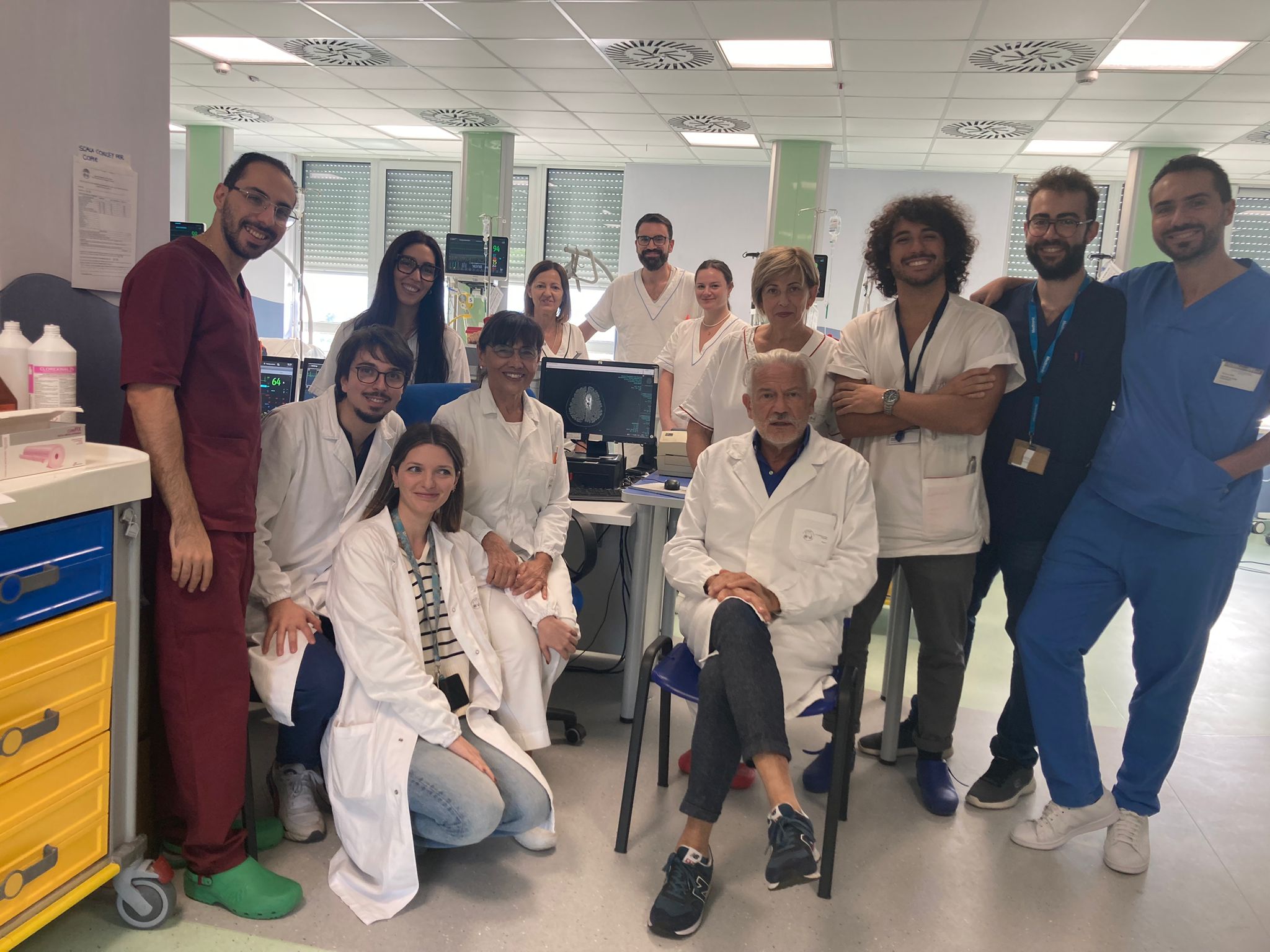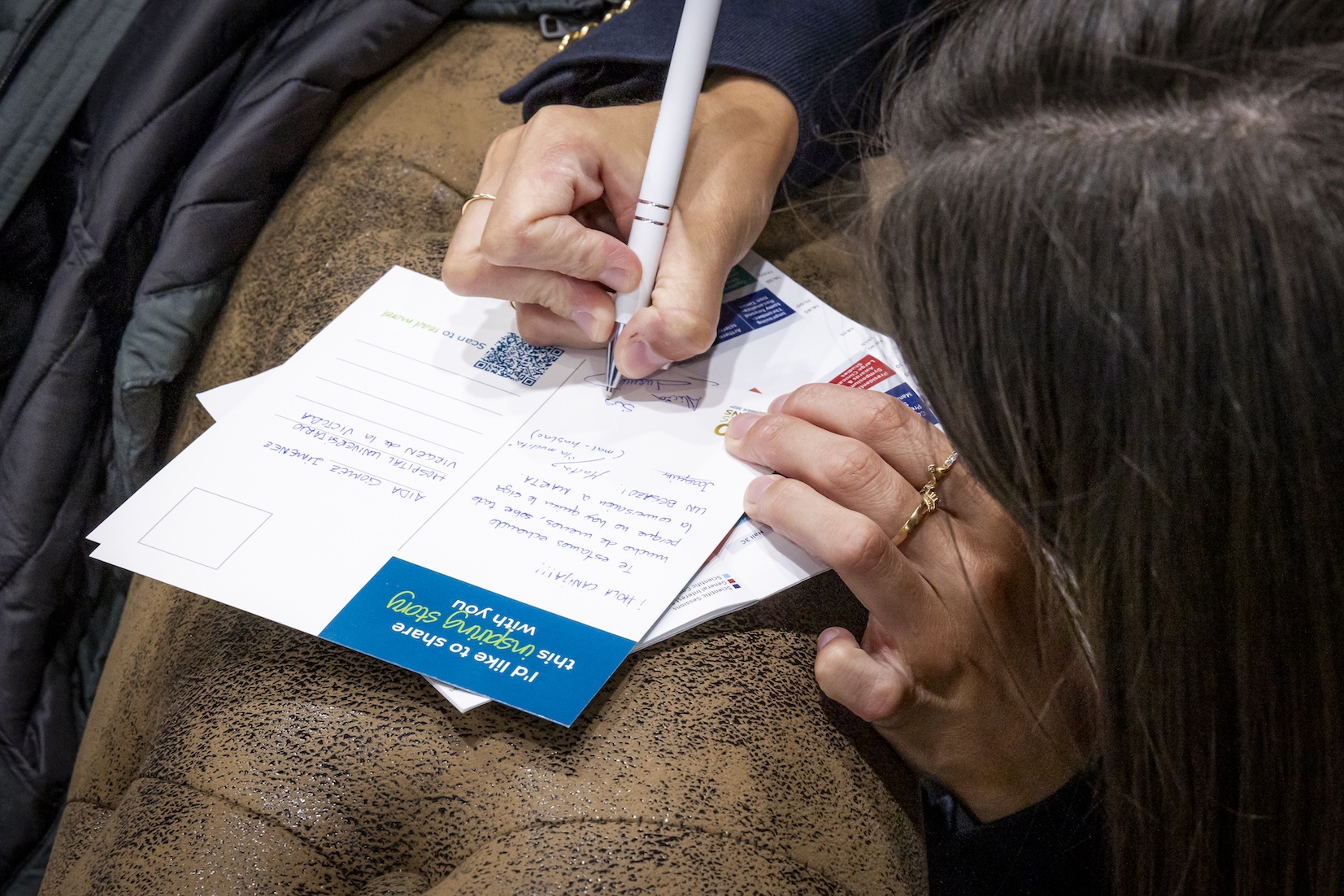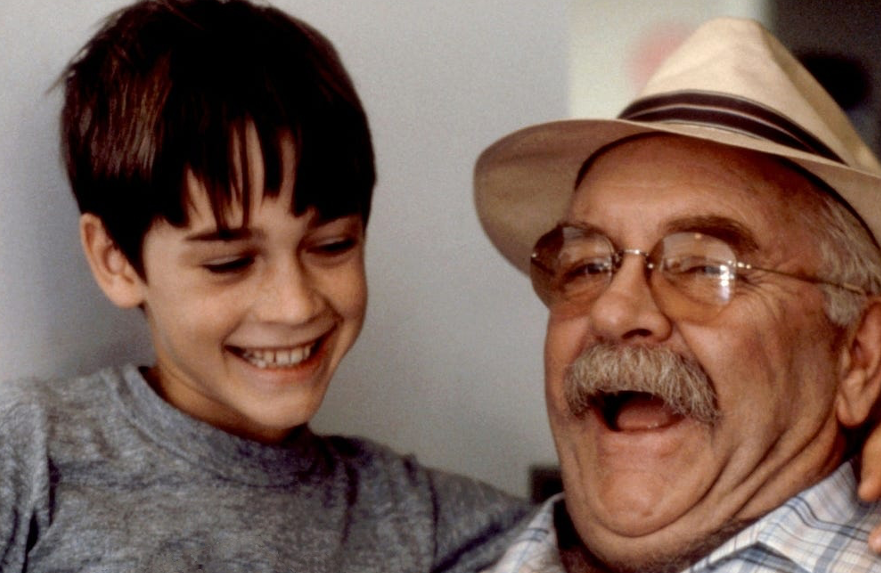
Університетська лікарня Сан-Джіованні ді Діо в Руджі Д’Арагоні в італійській провінції Салерно має історію довгу руку. Крім того, як випливає з назви, в історії двох стародавніх лікарень, які об’єдналися в 1898 році, було надано нову штаб-квартиру в 1923 році, переїхали до Сан-Леонардо в 1980 році, а в 2013 році було інтегровано з медичною школою Салерно, історія якої ще довша.
Однак, коли мова йде про лікування гострий інсульт, ми можемо зібрати історія в 1981 році, коли Салерно роза Наполетано приєднався до лікарні. Спочатку вона працювала в нейрофізіології, де займалася розсіяним склерозом, травмою черепно-мозкових артерій і хворобою сонної артерії, а потім, будучи спеціалізованим лікарем Центру розсіяного склерозу, доктор Наполетано став керівником інсультне відділення в 2010 році. Її першим зобов'язанням був початок лікування інсульт з тромболізис, — каже вона.
«Як молодий лікар, у мене були роки сильного розчарування щодо лікування пацієнтів з інсульт, тоді як я стежила за новими терапевтичними підходами до цих пацієнтів в інших країнах, спочатку в якості лікування в спеціальних структурах (інсульт одиницях), а потім в ході тромболізис. Ефективність цих терапевтичних підходів підтвердила мій інтерес і мотивувала мене завжди бути в курсі всього, що підтримується науковими доказами».
Не витрачаючи часу на переробку наукових доказів на практиці, доктор Наполетано провів тромболізис у своєї першої пацієнт того ж року.
«Я дуже добре пам'ятаю це. пацієнт був релігійним вчителем, якого направили до мене з периферійної лікарні на правий геміпарез із дизартрія. У той час мої колеги були старшими за мене і не бажають змінювати свій підхід до захворювання, при цьому терапія вважається ризикованою.
«Але я почувалася готовою. У мене був мій «ментальний» контрольний перелік, я була готова продовжувати. За допомогою Медична сестра/медичний брат, яка працює — саме медсестри були найбільш ентузіазмом на початку — ми провели лікування, яке пройшло добре».
Однак інтеграція лікарні з університетом у 2013 році викликала нові проблеми. «Існували проблеми, пов’язані з простором, ролями та навичками», — каже доктор Наполетано. У процесі неминучої реструктуризації два спеціалізовані неврологи у вигляді інсультне відділення були серед тих, хто віддавав перевагу ранньому виходу на пенсію. Далі, неминучий процес набору нехтував визначенням персоналу для інсультне відділення. У результаті охорона здоров'я працівники, включаючи медсестер, тепер обертаються між неврологічним підрозділом та інсультне відділення — практикою, яка спочатку ускладнювала дотримання стандартів, що залежать від високомотивованого персоналу зі спеціалізованими навичками.
«Ці роки були важкими», — говорить доктор Наполетано.
Однак у 2017 році доктор Наполетано знайшов союзника в консультант компанії Angels Stefania Fiorillo. Вона каже: «Я чітко пам’ятаю зустріч зі Стефанією у 2017 році. Вона дала мені сміливість і підтримку, необхідну для проведення навчальної програми за участю всіх гравців у ланцюжку догляду».
Практика обертального медичного персоналу та персоналу, що сестринська справа, потребувала формування широкої сітки. «Ми навчили всю лікарню», — говорить Штефанія. Подальші втручання включали розробку протоколу інсульт, організацію шляху інсульт відповідно до рекомендацій, симуляція навчання та створення фундаменту для служби механічної тромбектомії, яка б отримала ґрунт у 2018 році.
Кількість пролікованих пацієнтів зросла, «час від дверей до голки» зменшився, а в 2019 році лікарня виграла свою першу золоту нагорода ESO Angels Gold.
Наступний поворотний момент прийшов у 2020 році, каже Стефанія, з впровадженням MonitorISA, спільного проекту Angels (ISA), яка призначає два місяці на рік для збору даних. За словами Стефанії, в результаті зосередження уваги на моніторингу якості в Сан-Джіованні ді Діо-Діо-е Руджі Д’Арагоні стало значним падінням «час від дверей до голки» і підвищило швидкість реканалізація. Це також підвищило їхній статус нагорода. Після перемоги в першому та другому виданнях MonitorISA команда доктора Наполетано виграла свою першу алмазну нагороду ESO Angels у 2022 році. Діамантова відзнака Angels
Участь у дослідженні MonitorISA була логічним рішенням, — говорить доктор Наполітано, який також є регіональним координатор ISA. «Я вірю, що самооцінка має важливе значення для покращення якості нашої роботи. Психологічно, відчуття контролю може бути стимулом діяти швидше, але в той же час це змушує нас шукати найбільш ефективні стратегії для скорочення часу, які потім стають частиною протоколів».
Зосередьтеся на навчанні, оцінці результатів та пристрасті, — це порада доктора Наполетано щодо недостатньо ефективних лікарень, в яких є кілька лікарень. «Кампанія» (де розташований Салерно, столицею якої є Неаполь) є жорстким регіоном для інсультний догляд», — каже Штефанія. Після Сицилії він має другу найбільшу захворюваність на інсульт, але не має спеціального органу охорони здоров’я та не має мережі інсульт.
І хоча очікується, що невідкладний стан транспортні сполучення покращаться, на сьогоднішній день Сан-Джіованні ді Діо д'Арагона залишається центром без усяких слів.
«Дуже важливо зв’язуватися з іншими лікарнями на мапі», — говорить Штефанія. «Але Салерно дуже великий і це ускладнює його».
За словами доктора Наполетано, дефіцит неврологів по всьому регіону також заважав прогресу. При Салерно це криза, яка посилюється небажанням неврологів надавати послуги в початкових лікарнях. Але тепер вони здатні обмінюватися нейрорадіологічними зображеннями з лікарнями у віддалених місцях, а телеінженерна платформа, яка незабаром активується, перейде в експериментальний етап тромболізис за допомогою телемедицини, що включає ці лікарні.
За останні кілька років у нього було багато позитивних змін, — каже доктор Наполетано. — Нагороди покращили командну роботу та покращили стосунки. Більше людей, включаючи більше охорона здоров'я працівників, знають про можливі методи лікування інсульт. Співпраця з постачальниками послуг, що долікарняний догляд, є більш активною. Більше студентів спеціалізуються на неврологія, і деякі з них виявили інтерес до судинної патології. Основні центри в провінції Салерно нарешті долають свою терпкість до лікування гострий інсульт. А непомітний ентузіазм і дух співпраці в команді нейрорадіологів надихають вас на все.
Але якщо ви запитаєте доктора Наполетано, хто є справжніми героями інсультне відділення, вона не вагається.
«Медсестри, особливо в перші роки. На той час не всі вони мали достатньо знань, що дозволило їм зустрітися з учасниками навчального курсу та висловити ентузіазм щодо результатів. Вони відвідують пацієнтів, день і ніч, а іноді їхня навіть радість була основою для консолідації результатів лікування».
Спеціалізований медичний персонал та медичний персонал, що сестринська справа з догляду за інсультне відділення, залишається вгорі свого списку бажань, але «виділений» лікар Наполеано означає групу, призначену для певної мети, але не більше жодного співробітника, відданого їх завданням. За її словами, втрата персоналу-спеціаліста була важкою, «але їх втрата була спричинена відданістю тим, хто спонтанно став ентузіазмом щодо інсульт».




